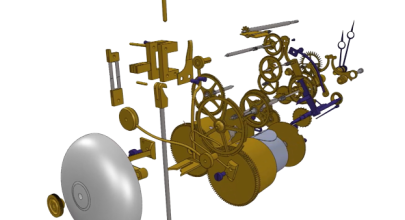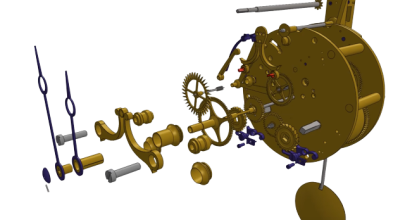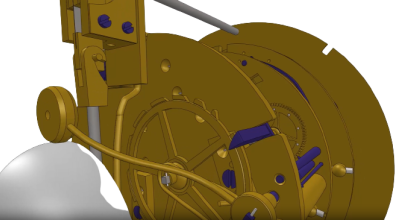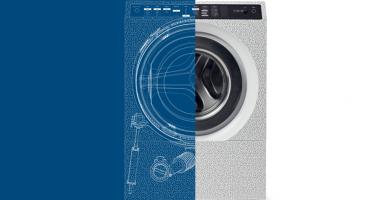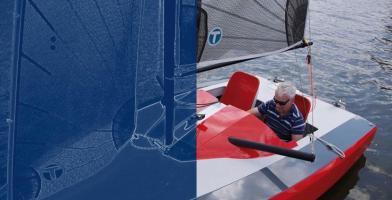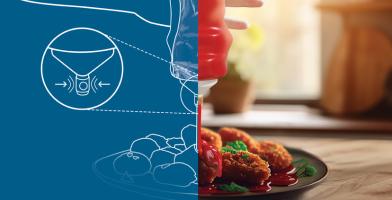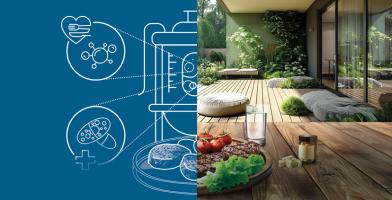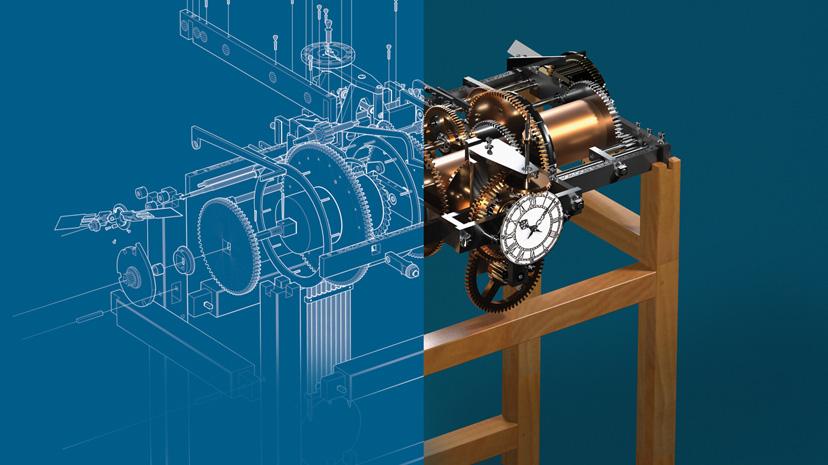

IF WE create a collaborative 3D encylopedia for clockmaking, can we ensure the saving and transmission of the antique knowledge?
CHRONOSPEDIA is the first free-access encyclopedia dedicated to antiquarian horology. Thanks to the contribution of professionals clockmakers, researchers and enlightened amateurs, it will allow for the
permanent preservation of the art of clockmaking through the digital archiving of manuscripts, old books, courses, learned society publications, theses, photos, films, recordings, etc., all of which will be supplemented by 3D modelling and XR.
A collaborative 3D encylopedia for clockmaking
WHY?
Preserving watchmaking heritage : If nothing is done, in 20 years we will be talking about watch archaeology, ask know-how will disappear with the experts being too old and lack of publications, nobody will capable to restore movements made between 1500 and the beginning of the 20th century. A patrimony will be lost.
As the son, grandson and great-grandson of watchmakers and the only Master of Watchmaking in France, the CEO of Chronospedia must continue the chain of transmission and transform the rare paper sources into a clearer medium. This is why Chronospedia started this open community to create and store those virtual twins for next generations.
DISRUPTIVE IDEA
As of today, horological courses delivered in specialized schools are very much focused on watchmaking: the art of clockmaking is barely experienced in the practical part, and building clockmaking is only tought from a theoritical point of view. As a consequence, a whole part of the French clockmaking know-how will disappear if nothing is done to preserve it and transmit it to the new generations.
For nearly 15 years, François SIMON-FUSTIER, Master of Art in clockmaking by ministerial appointment, has been experimenting with the use of 3D modelling with SolidWorks. His concept called CHRONOSVISION has made it possible to test 3 types of use: cultural mediation for museums or education, restoration via digital reconstruction of the plans of missing parts and intervention tutorials for some exceptional clocks. The roots of CHRONOSPEDIA rely on all this work.
POSITIVE IMPACT ON SOCIETY
The preservation of knowledge, its access and transmission have been revolutionised over the last few decades with the emergence of digital technologies; at the same time, many research and higher education institutions wish to integrate their work into a concrete and open project.
CHRONOSPEDIA would then be proposed as a hub of experimentation for several applications: creation of interoperable and self-creating databases, archiving of 3D models with kinetic links, methodology for collecting breakdown diagnoses for maintenance, use of virtual or augmented reality for technical interventions, integration of sound as a tool for learning a trade, etc.
BENEFITS TO USE THE 3DEXPERIENCE PLATFORM
For young people presently trained in schools, the collaboration with CHRONOSPEDIA will offer a source of concrete experimentation and the pride of working on an open project that contributes to the preservation of know-how.
The 3DEXPERIENCE platform will allow them to enrich the present database by producing content with their teachers. Numerous tests have already been carried out with students in CAP, BAC pro, BTS... and have shown that if the task is adapted to the level of the diploma being prepared, the learning process is easier and the student motivation is much higher than usual. Moreover, CHRONOSPEDIA is establishing mutually enriching links between the arts and crafts sector and the world of higher education and research.
COLLABORATIVE & COLLECTIVE INTELLIGENCE
As of today, more than 45 organisations are involved in the various CHRONOSPEDIA working groups. In 2020, the idea proposed by François SIMON-FUSTIER first attracted Professor Konstantin PROTASSOV of Grenoble Alpes University who brought his experience in the creation of research projects.
Naturally, the University Library (UG BAPSO) also became involved in the project via the national CollEX Persée project of the Ministry of Higher Education and Research. Since then, some fifteen French and Swiss museums, clockmaking associations and learned societies have shown their interest and have helped to establish a link with the Ministry of Culture.
From now on, the CNRS department INIST is working on the construction of an archiving and communication structure for all the data collected and constantly enriched by the contributions coming from the world of teaching.
PLAY 3DEXPERIENCE
Meet the team
-
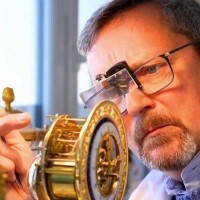 François Simon-FustierMaster Clockmaker
François Simon-FustierMaster Clockmaker -
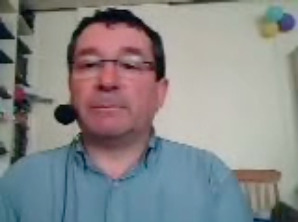 Jean DavoigneauRepresentative of the Ministry of Culture
Jean DavoigneauRepresentative of the Ministry of Culture -
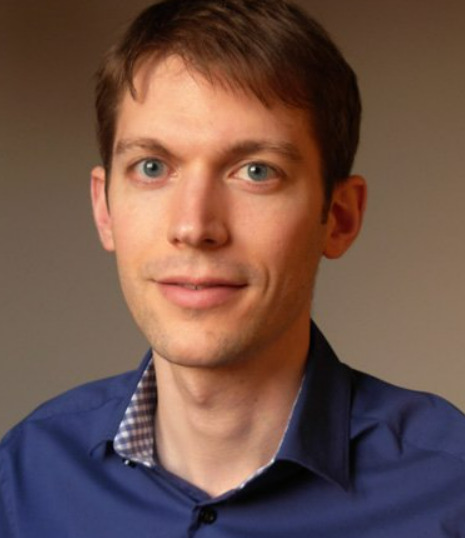 Régis Huguenin DumittanMIH
Régis Huguenin DumittanMIH -
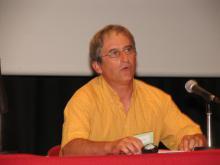 Pierre JudetHistorian (LARHRA - UGA)
Pierre JudetHistorian (LARHRA - UGA) -
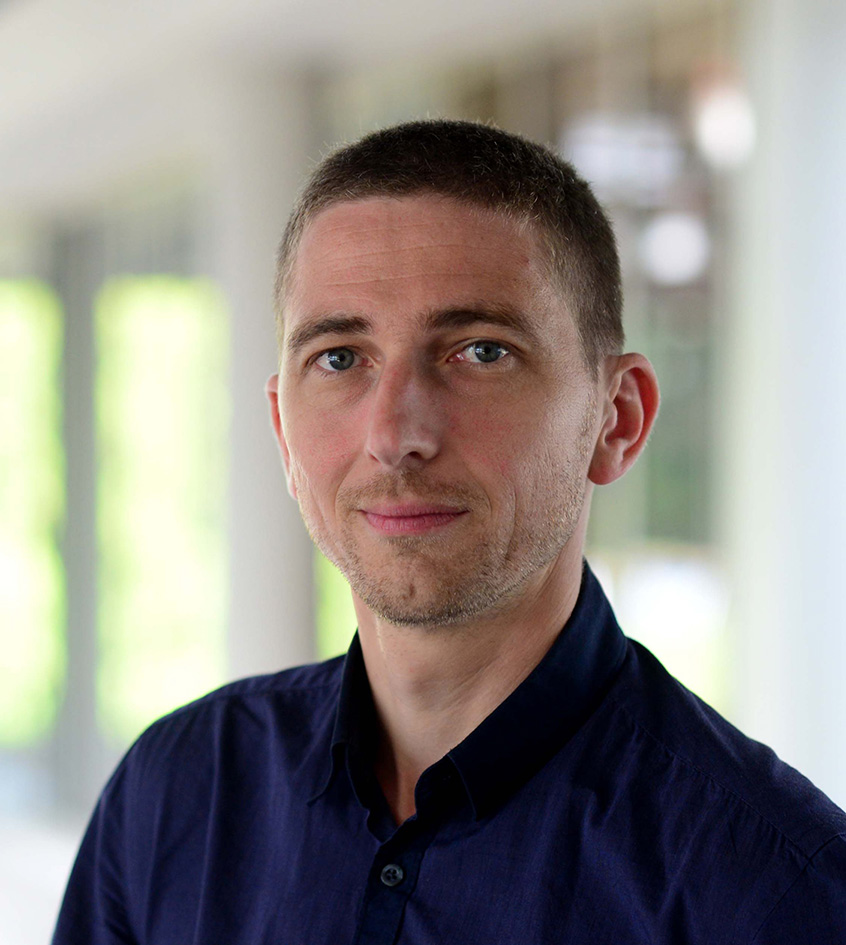 Florent LarocheLS2N
Florent LarocheLS2N -
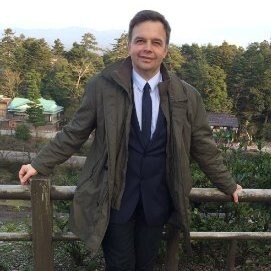 Konstantin ProtassovDirector of ICAT
Konstantin ProtassovDirector of ICAT -
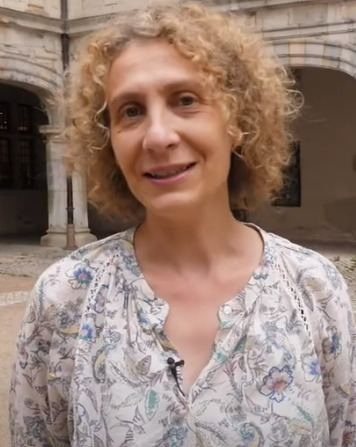 Laurence ReibelBesançon Time Museum
Laurence ReibelBesançon Time Museum -
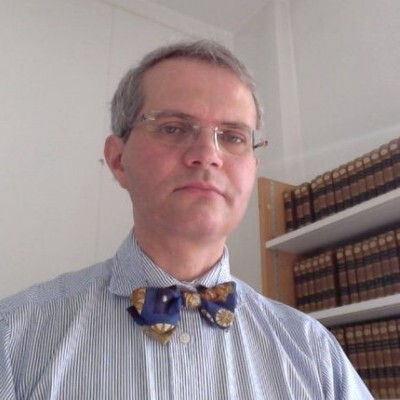 Frédéric SabyDirector of DGD BAPSO
Frédéric SabyDirector of DGD BAPSO
Similar projects
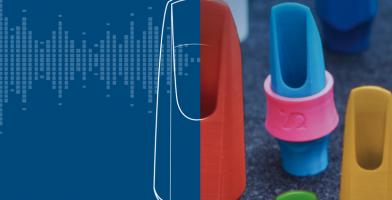
SYOS
IF WE tailor-make musical instruments, can we help musicians deliver a personalized sound?
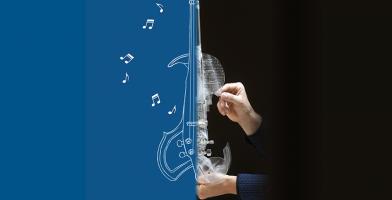
3DVarius, the First 3D-printed Electric Violin
IF WE 3Dprint your own violin, can we play better music?

DRACULA TECHNOLOGIES
IF WE collect energy from light, can we make internet of things sustainable?
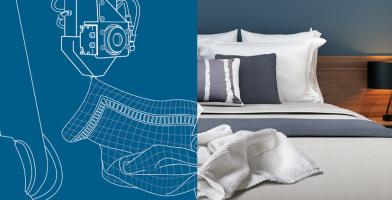
SEWTS GMBH
If we automate textile handling, can we make the textile industry more sustainable?
Submit your project
Do you think your project is the next big thing?
Join the team !
